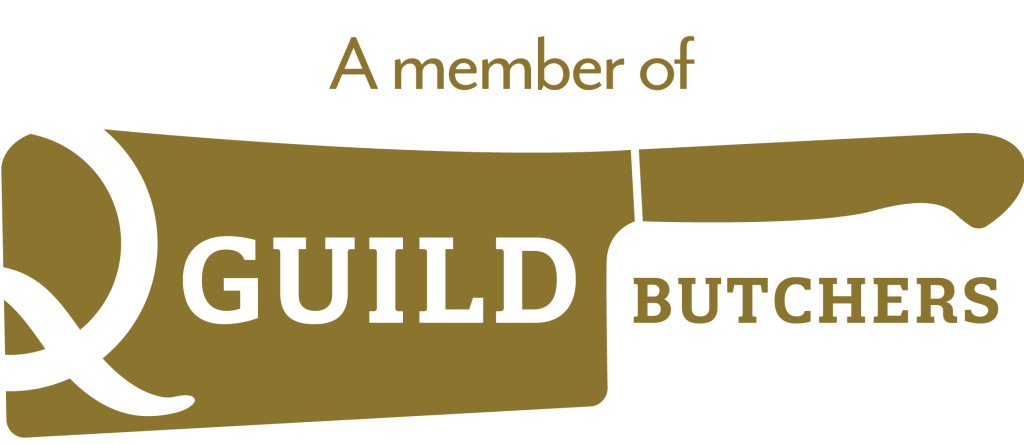There are dozens, possibly hundreds of styles of ham throughout the world, ranging from the prosciutto, Serrano style hams which are sliced very thinly and served just as it is, cured but not cooked, to the Wiltshire or Country hams which are cooked and served hot or cold.
All the hams were created for the same purpose, to preserve the meat in times before refrigeration, to feed the family in months to come. The fact that curing in salt alters and enhances the flavour and texture of the meat does not go unnoticed.
I love ham and everything about it. Whether it’s the Spanish acorn fed Iberico Jamon, served on a slightly warm plate in a tapas bar with a glass of Amontillado sherry, or a mustard glazed roast Wiltshire ham with parsley sauce for Sunday dinner. But the king of all hams, and one that is incredibly rare today, is the York Ham.
The York Ham is traditionally a dry cured ham from a Large White pig. It is slightly saltier and firmer textured than the hams we are probably used to today. They were laid on a bed of salt in the cellar on the stone slabs where it is cool and dry. November 11th – St Martins Day, was traditionally the first day of curing, as the weather is cooler, the pigs have been foraging round and are now fat, and the flies are no longer an issue, so there was a good chance that the ham and bacon would cure well.
After a number of days in the salt, being turned and massaged regularly, they would then be hung up to dry for a minimum of 2 months. The longer the ageing process, the more the flavour changed and developed.
Whilst many butchers cured their own hams in the old days, very few do now. Scotts of York, sadly no longer in existence, was quite famous for their hams, with folks ordering one for Christmas and queuing round the block to collect them. The truly large producer was ‘Marsh and Baxter’ which was a midlands-based pork outfit. Again these are no longer with us, probably swallowed in a larger meat conglomerate now, but I remember buying one for a customer in the late 80′s and was very impressed with how it came wrapped in greaseproof paper, in its own box with cooking instructions and history.
My father remembers growing up on the farm during the Second World War near Harrogate, and prisoners of war who were held on a camp close by, being brought to work on the farm each day. Now given the chance of escaping back to Germany to be whisked off to fight on the Russian front, or whiling away the days on a peaceful farm in the Yorkshire countryside, where grandmother made sure they got at least one square meal a day, there didn’t seem to be many attempts on going AWOL. However, one German POW was a butcher in his home land. This meant that he was more than happy to practice his career on the farm, slaughtering the pigs, turning them into hams, bacon and sausage. The hams were dry cured in the York Ham style, but the cut of the ham was more of a German style- boneless and actually much easier to handle. Father remembers hanging them up in the cobwebs of the barn where it was cool, the flies couldn’t get to them, and the inspector from the Ministry of Agriculture wouldn’t be looking – because in those days of rationing, a farmer could only kill 2 pigs per year for his own consumption. Apparently there was a buoyant black market for hams then.
When I grew up on the farm, we still cured the occasional ham in this manner, and it was a true delight. Always brought out for Christmas, boiled and then covered very simply in golden breadcrumbs, it sat in the pantry to be carved at until into the New Year.
For this Christmas we are curing some York Hams in the same style as father’s 1944 recipe. There’s only a limited number of these available, either cooked or left raw for you to cook yourselves.
Contact the shop on 01943 609 436, or email shop@lishmansonline.co.uk to reserve your York Ham.

